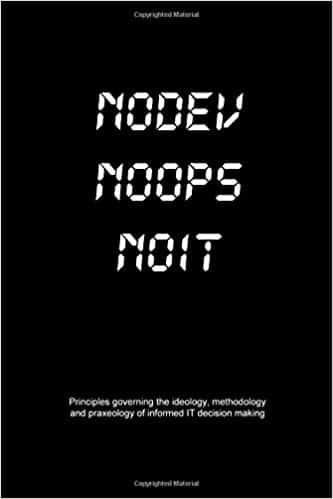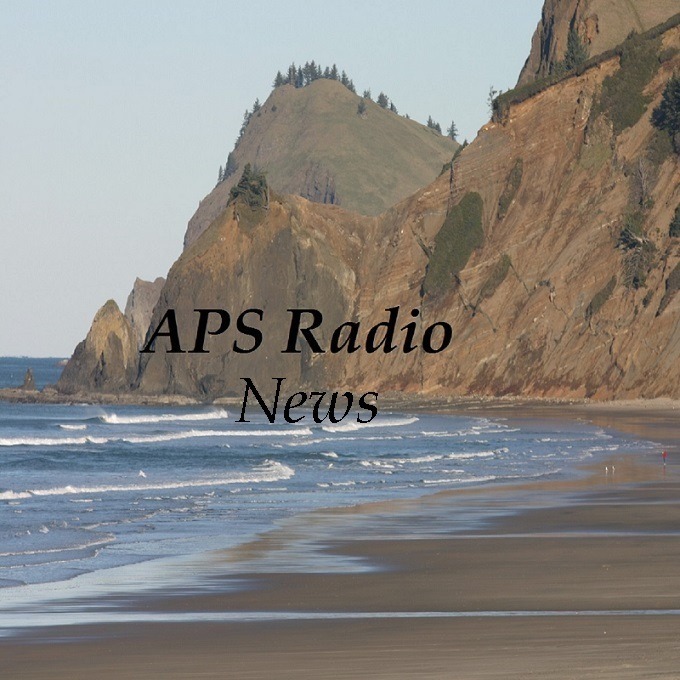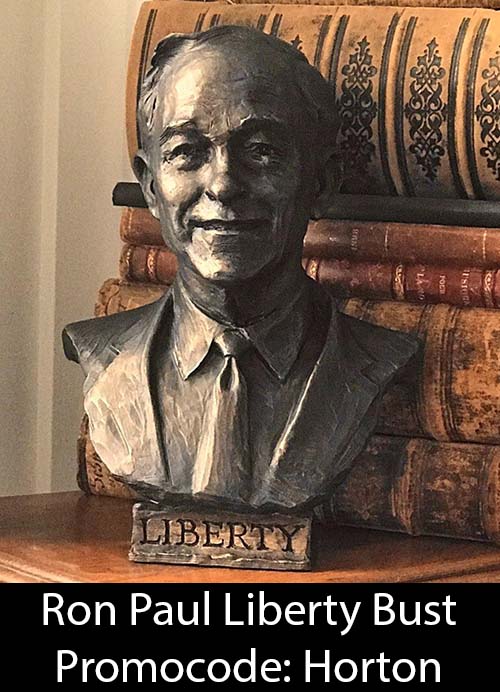by Jean Heller, St. Petersburg Times [Florida], January 6, 1991
(Washington) Soviet satellite photos of Kuwait taken five weeks after the Iraqi invasion suggest the Bush administration might have exaggerated the scope of Iraq’s military threat to Saudi Arabia at the time.
The photos are not conclusive proof that the administration overestimated Iraq’s buildup along the Saudi border, a buildup that was cited as a justification for the deployment of U.S. troops. But two American satellite imaging experts who examined the photos could find no evidence of a massive Iraqi presence in Kuwait in September.
“The Pentagon kept saying the bad guys were there, but we don’t see anything to indicate an Iraqi force in Kuwait of even 20 percent the size the administration claimed,” said Peter Zimmerman, who served with the U.S. Arms Control and Disarmament Agency during the Reagan administration.
A Soviet commercial satellite took a photo of Saudi Arabia on September 11 and a photo of Kuwait on September 13. At the time, the Defense Department was estimating there were as many as 250,000 Iraqi troops and 1,500 tanks in Kuwait. The photos were obtained by the St. Petersburg Times in late December.
The Times informed the Defense Department of the results of the photo analysis in early January and asked to see evidence that would support the official U.S. estimate of the Iraqi buildup. Spokesman Bob Hall turned down the request.
“We have given conservative estimates of Iraqi numbers based on various intelligence resources, and those are the numbers we stand by,” Hall said.
Playing with numbers: The mystery surrounding the number of Iraqi troops first surfaced in November after ABC News purchased several Soviet satellite photos of Kuwait taken on September 13 and could find no evidence of large numbers of Iraqi troops.
ABC officials decided not to air the photos because they did not include the strategically important area of southern Kuwait. Without seeing this territory, ABC officials said, they could draw no conclusions about what they were seeing – or not seeing.
The Times bought the missing photo of Kuwait, as well as a photo of part of Saudi Arabia, from Soyuz-Karta, a Soviet commercial satellite agency that sells pictures worldwide for such purposes as geological studies and energy exploration. The cost was $1,560 a photo.
The Times retained two satellite image specialists to interpret the photos: Zimmerman, a nuclear physicist who now is a professor of engineering at George Washington University in Washington, D.C.; and a former image specialist for the Defense Intelligence Agency (DIA) who asked not to be named because of the classified nature of his work.
While Iraqi troops cannot be seen, it is easy to spot the extensive American military presence at the Dhahran Airport in Saudi Arabia.
“We could see five C-141s, one C-5A and four smaller transport craft, probably C-130s,” said Zimmerman. “There is also a long line of fighters, F-111s or F-15s, on the ground. In the middle of the airfield are what could be camouflaged staging areas.
“We didn’t find anything of the sort anywhere in Kuwait. We don’t seen any tent cities, we don’t see congregations of tanks, we don’t see troop concentrations, and the main Kuwaiti air base appears deserted. It’s five weeks after the invasion, and from what we can see, the Iraqi air force hasn’t flown a single fighter to the most strategic air base in Kuwait.
“There is no infrastructure to support large numbers of [military] people. They have to use toilets, or the functional equivalent. They have to have food. They have to have water at the rate of several gallons per man per day. They have to have shelter. But where is it?”
The former DIA specialist agreed: “I simply didn’t see what I expected to see. There should be revetments – three-sided berms with vehicles inside facing the anticipated direction of attack. There should be trenches. But they aren’t there.
“Maybe we waited too long to act over there. Given their [Iraq’s] apparent lack of structure for defending Kuwait in September, maybe we would have had a lot more success against Iraq than we would now.” {Or not.}
Glaring omission: Both analysis say there are several possible explanations for their inability to spot Iraqi forces.
The troops could have been so well camouflaged that they were hidden from the Soviet cameras. However, Zimmerman said that would be a departure from Iraq’s strategy during its war with Iran in the 1980s, when virtually no effort was made to hide military positions. Both analysts recall seeing Iraqi troop deployments during that war on poorer images from the French SPOT satellite.
It’s also possible that troops were so widely dispersed that the satellite couldn’t “see” them because its cameras could not resolve images smaller than five meters, or about 16 feet, across. Or it might be that glare from the sun on the Kuwaiti sand smudged out troop images, although images taken over Saudi Arabia appear unaffected by glare.
Another possibility is that the Soviets deliberately or accidentally produced a photo taken before the Iraqi invasion.
“We have to take on faith that the image is what the Soviets say it is,” Zimmerman said. “I think that’s a reasonable assumption, because they wouldn’t have a motive to misrepresent it, and if they did misrepresent it and the word got out, they’d never sell another picture to anybody.
“We’re willing to concede, at least for purposes of argument, that it is not impossible that all Iraqi activity is below the level of resolution. But if there were tent cities, if there were bunkers, if there were staging, supply and maintenance areas, we find it really hard to believe that we missed them.”
On September 18, only days after the Soviet photos were taken, the Pentagon said Iraqi forces in and around Kuwait had grown to 360,000 men and 2,800 tanks, a movement of troops and equipment sizable enough to leave telltale marks and scars on the landscape that should be visible by satellite.
In fact, the photo of southern Kuwait bought by the Times clearly shows the tracks left by vehicles that serviced a large oil field, but there are no indications of tanks.
Moreover, both analysts said all Kuwaiti roads leading to the Saudi border were covered at intervals by deep deposits of wind-blown sand.
“The sand cover is very extensive,” the former DIA analyst said. “In many places, it goes on for 30 meters [about 100 feet] and more.”
“They would be passable by tank but not by personnel or supply vehicles,” Zimmerman said. “Yet there’s no sign that tanks have used those roads. And there’s no evidence of new roads being cut. By contrast, none of the roads we see in Saudi Arabia has any sand cover at all. They’ve all been swept clear.”
A satellite photo of the same area of Kuwait taken on August 8, just a few days after the invasion, shows some sand cover on the roads, Zimmerman said, and the cover appeared to be less extensive, suggesting that it continued to build up over the next month.
“It certainly indicates that nobody’s been driving over them and that the [Iraqi] military hasn’t bothered to clear them for traffic,” he said.
Suppressed evidence: That there was an Iraqi invasion of Kuwait early in August and that some Iraqi troops remained in the small nation in mid- September is not in doubt, of course. Kuwait City was occupied and heavily damaged, atrocities were committed by Iraqi troops, and Westerners fleeing Kuwait for Saudi Arabia reported encountering Iraqi soldiers in the Kuwaiti desert.
“But does that mean there were 250,000 [Iraqi] troops or that there were 10,000?” Zimmerman said. “The Kuwaiti border with Saudi Arabia isn’t very long. It wouldn’t take more than 10,000 Iraqi soldiers to cover the border area to the point that people fleeing would run into them all over the place.
“In Kuwait City, 2,000 nasty MPs would have been enough to terrorize the city. Everything we’ve seen and heard about could have been done by a small enough Iraqi contingent that two Marine divisions might have driven them back into Iraq relatively quickly and with relatively little bloodshed.”
At the time the Soviet photos were taken, there were more than 100,000 U.S. troops in Saudi Arabia.
The photos give no hint, of course, of the situation in Kuwait today. The Bush administration estimates that Iraq now has more than 500,000 troops in and around Kuwait. An agent for Central Trading Systems, the American representative of Soyuz-Karta, told the Times no further satellite photos of Kuwait were scheduled to be taken until late January at the earliest.
Asked if Defense Department officials could dispel the mystery created by the Soviet photos, Pentagon spokesman Hall replied: “There’s no mystery as far as we’re concerned. They [the Iraqi troops] are there. We’d like it to remain a mystery to [Iraqi President] Saddam [Hussein] what our intelligence capabilities are. We are not going to make our intelligence public.”
The Pentagon, apparently, has not revealed evidence to Congress, either.
Rep. Charles Bennett of Jacksonville, the No. 2 Democrat on the House Armed Services Committee, told the St. Petersburg Times: “We’ve had evidence in the sense that we’ve had testimony about what the situation was back in September, but I’ve seen no photographic evidence to back up the administrations claims.”
Members of the Armed Services Committee staff said they had not seen any conclusive evidence of Iraqi troop strength, either, and had simply relied on what the administration was saying.















